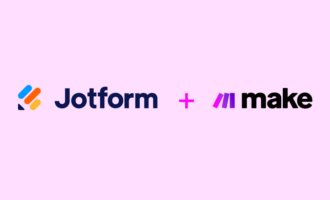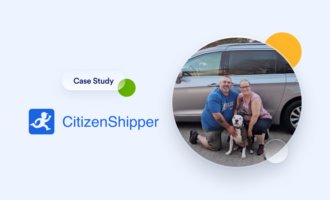Improving the registration process
- Simple is always better
- Accommodate needs and questions
- Make it mobile
- Automate the process
Getting people to come to events has always been tricky. People lead busy lives, and you have to demonstrate the value of your particular event to encourage them to spend time and money to attend something outside their normal schedule — that’s no easy task.
It also takes enormous effort to create a worthwhile event or activity, from booking speakers or performers to finalizing venues. To plan and execute successful events, you need reliable, seamless administrative processes to keep everything organized and on track — including a simple and clear registration process.
A well-thought-out and user-friendly registration process makes gathering attendee information that much easier. While getting someone to register is not a guarantee they’ll attend or participate in your event, you’re more likely to see higher attendance overall if you increase registration numbers. So, while you can’t expect every registrant to attend, you can improve your event’s success by making registration as accessible as possible.
Here’s the good news: There are plenty of ways to ensure a solid registration process. Try these suggestions to set yourself up for an engaging, well-attended event.
Simplify your registration process with AI. Discover how Jotform’s AI Form Generator can streamline your workflow.
Simple is always better
If someone has made it to your registration form, they’re already interested in the activities, speakers, or social components of the event to the degree that they’re willing to put in an effort to reserve their spot. The last thing you want is to overload them with information or ask too much of them, turning them off entirely.
So keep it simple. Just ask for what you absolutely need from the person to register them, while providing them with the essential information about the event, such as
- Location and time
- Schedule (especially for multiday experiences or conferences)
- Any items they need to bring
- Fees they’ll need to pay up front (to avoid hidden fees or paid extras during the event)
For multiday conferences with several tracks, you’ll likely need to ask the user to consider different pricing options depending on the number of talks or activities the user wants to sign up for. Still, when possible, you should limit the number of pages you present or questions you ask during registration to eliminate friction and speed up the process.
For example, if you’re curious about how well you’re marketing your event, it’s fine to ask a registrant how they heard about the event — after they’ve registered. This option is better than making the question mandatory during the registration process, as you want as few impediments to completing the registration as possible.
Accommodate needs and questions
In many cases, deciding to register for an event involves more than just reading a few pieces of information and paying a fee. Often, people will have follow-up questions or additional requests. The more intricate your event experience is, the more particular you want to be about accommodating special requests and anticipating concerns.
For example, for all-day events or workshops, you need to organize meals and breaks. If you need to take dietary restrictions into account, it’s much simpler for someone to have an option to select that from the start so they don’t have to contact the event organizer separately — or worse, on the day of the event.
Here’s another example: For multiday affairs, consider the logistical burden of travel for attendees. If you offer cost-effective accommodation options or suggestions during registration, a potential attendee can quickly plan out all the necessary arrangements to ensure they’re prepared for your event — and more likely to attend.
Make it mobile
Since you’re already thinking of ideas to make your registration both simple and user-friendly, a great way to do both is to make it a mobile-friendly process. People discover events and activities on their mobile devices all the time, whether through word of mouth or social media ads. These mobile sources of traffic to your event should lead to a mobile solution for registration.
With a program like Jotform Mobile Forms, you can easily build and share forms right from your device that are designed with the mobile experience in mind. You can even take advantage of Jotform’s kiosk mode, which lets you register people with the same form in person — at trade shows, colleges, or wherever you find your audience — even offline. Advanced features like QR and barcode scanning and e-signature capture let you tailor the experience to your registrants’ needs.
Automate the process
Automating the registration process makes managing and communicating with registrants much easier. And with Jotform’s powerful features, you can collect, organize, and manage registration information with no hassle.
First, customize Jotform’s registration form templates to match your event — without having to build a registration form from scratch. You can even collect registration payments through your forms, using Jotform’s integrations with 40-plus payment processors.
Automatically store and manage the data from your form using Jotform Tables. This no-code, database-spreadsheet program lets you quickly review registrant information and communicate with registrants.
To further streamline the process, automate every step with Jotform Workflows. Its drag-and-drop interface enables you to build complex, multistep workflows that handle tasks like confirming registrations, requesting payments, and tracking real-time progress. Conditional logic and white labeling enhance the overall experience, making the process seamless for both organizers and registrants.
Collectively, these automation tools make it much easier to manage event registration — and they give you the power of analytics to boot.
By keeping the user’s experience top of mind, you can get people excited about your event, make it easier for them to register, encourage higher attendance, and have a more successful occasion overall.
Photo by Jenny Ueberberg on Unsplash



























































































Send Comment: